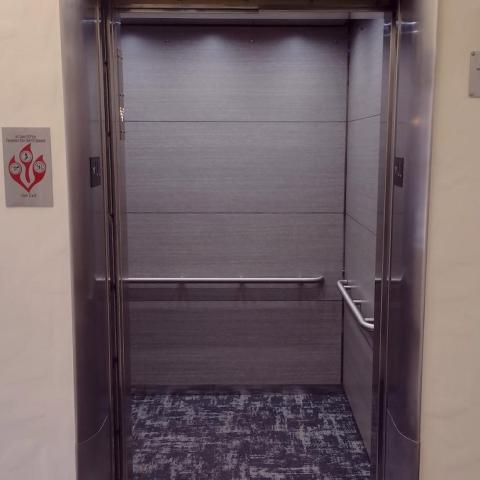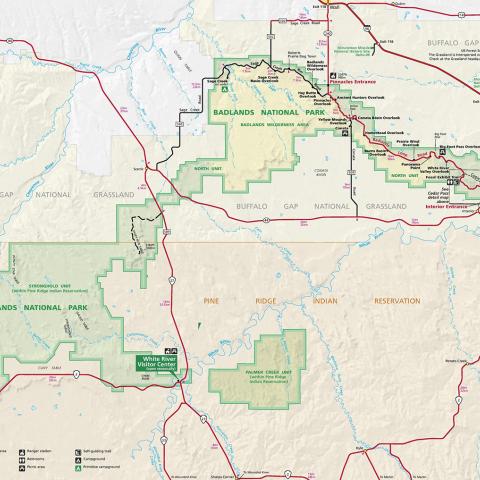
Ten bison at Wind Cave National Park were fitted with collars that will make it possible to track them as they roam the park/NPS
Collars placed on ten bison at Wind Cave National Park in South Dakota will make it easier for researchers, and eventually even the public, to follow the animals as they roam throughout the park.
The bison recently were fitted with tracking collars as part of Wind Cave National Park’s recent bison capture and processing operation. These collars will allow researchers and the public to follow where the bison roam and how they use the land.
“Bison research using these types of collars has never been done here before, and we’re excited about the information we’ll learn,” said Wind Cave Superintendent Vidal Dávila. “We’d like to thank the Black Hills Parks and Forests Association for funding the collars through their Adopt a Bison program.”
During the recent capture operation, 343 bison were brought into the corral and 127, mostly yearlings and two-year-olds, were removed from the herd with The Nature Conservancy receiving 93 excess bison and relocating them to preserves in four states (Broken Kettle, Iowa; Nachusa Prairie, Illinois; Dunn Ranch, Missouri; and Smokey Valley Ranch, Kansas City).
Through the coordination of the InterTribal Buffalo Council (ITBC), 34 animals will go to three tribes (Prairie Island Mdewakanton, MN; Flandreau Santee Sioux, SD; Red Lake Band of Chippewa Indians, MN). Over the years, working with ITBC has helped restore bison to many of their native homelands.
All other captured bison were released back into the park after processing. If not already there, a small microchip was implanted under the skin of each animal allowing biologists to monitor the animal’s sex, age, and genetic information during future capture operations. After this operation, Wind Cave’s bison population is approximately 400 animals.
Plans are still being worked out that would involve daily emails to the visitor center concerning the bisons' whereabouts. A kiosk with a webpage would locate where in the park the bison are.
Wind Cave National Park manages one of the most highly sought after bison herds in North America. Genetic studies conducted by Texas A&M University indicate that the Wind Cave herd is very high in genetic diversity and is free of domestic cattle gene introgression making them ideal for reintroduction efforts.




 Support Essential Coverage of Essential Places
Support Essential Coverage of Essential Places







Comments
Wow! Thanks Black HIlls Parks and Forest!